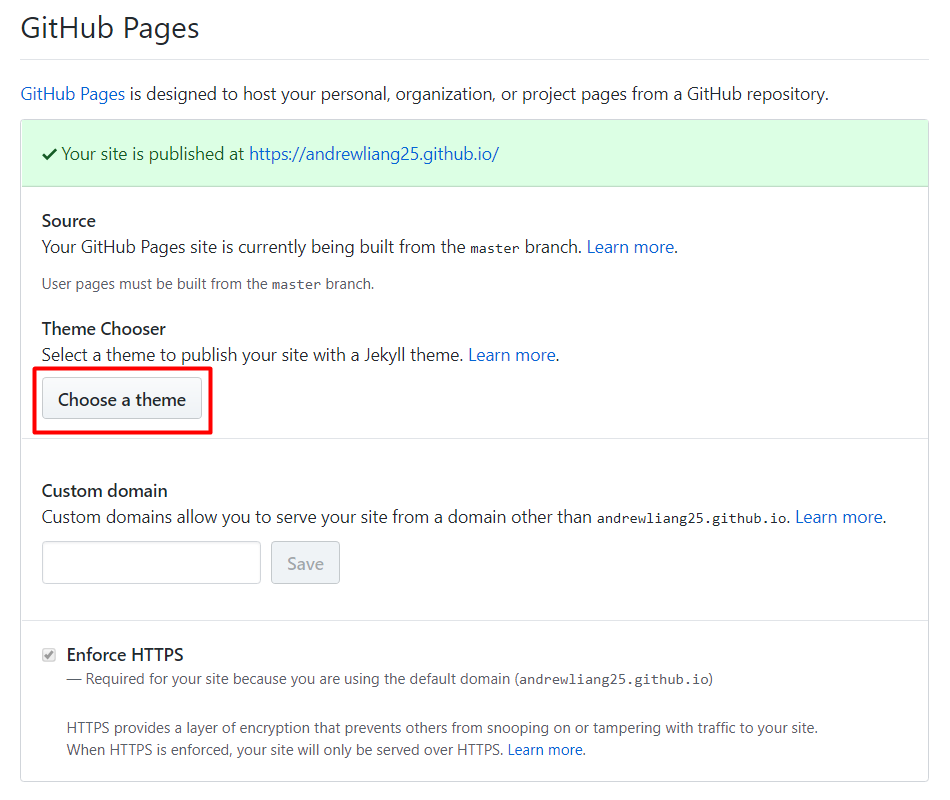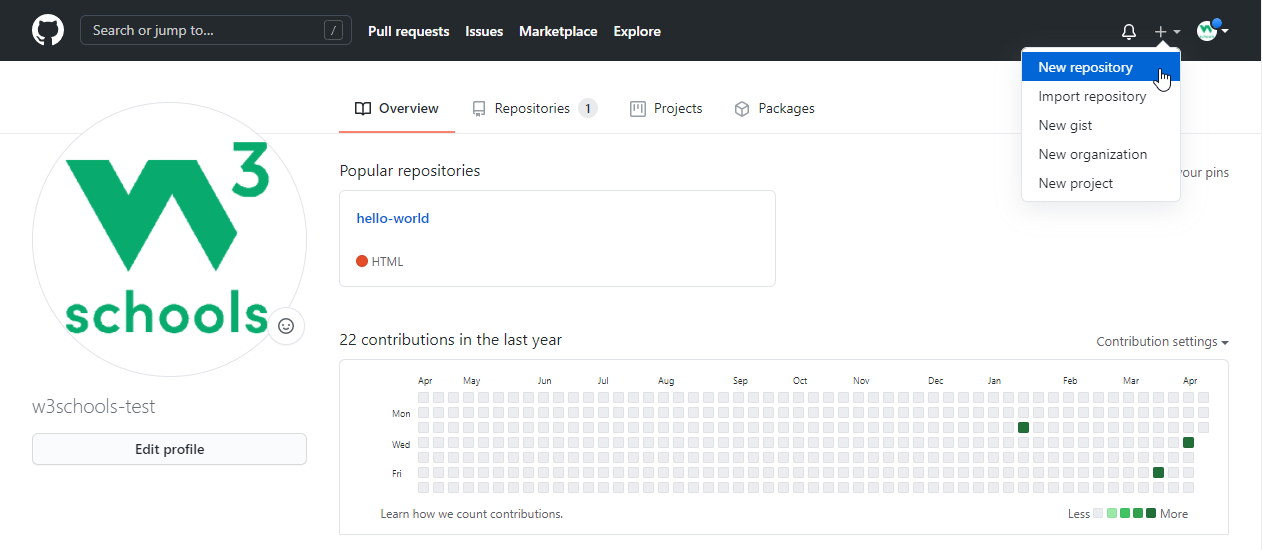

- Creating github pages how to#
- Creating github pages update#
- Creating github pages code#
- Creating github pages download#
Yes! You can embed Google Analytics to see who is visiting your site. However, you will need to buy a domain name from a registrar such as NameCheap or Gandi – the cost is usually around $10 - $15 a year. Yes! Github Pages supports custom domain configuration. Can I configure a custom domain for my site, i.e. They have lots of good resources, tips, and tutorials to further your knowledge. This second line will appear below the first.įurther reading Where can I learn more about HTML, CSS, JS, and webdevelopment in general?Ĭheck out Mozilla Developers Network ().

Creating github pages update#
Update the text inside the Home, About, and Contact regions in index.html.Update the text inside the footer region in index.html.Change the link color in style.css, i.e.Upload and overwrite logo.jpg (best to keep your logo small, under 100 pixels tall).Yeah! You did it! Now you can share your website link with your friends so they can see your website too. Again, it usually takes about 3-4 minutes for Github to build and deploy your changes. Don’t forget to scroll down and click “Commit changes” to push your changes to the gh-pages branch. In Github, click Upload fi les to upload your new background.jpg. Your image must be named background.jpg before uploading in order to overwrite the original image.
Creating github pages download#
Search for a large image (~1024 pixels wide), download it to your computer, and rename it background.jpg. After a few minutes, visit your website URL to see your new site. You can monitor the status of your build by clicking the “Environment” tab. Git uses branches and commits to manage different versions of your files.Īfter a commit it will take about 3-4 minutes to deploy your site. This will save and push the changes you made to the gh-pages branch. Similarly, find the h1 heading tag and carefully change the text inside of the h1 tags: Simple Websiteįor more examples of tags, see the “Common HTML Tags” table at the end of this guide. In the HTML editor look for the title tag: Your title here Change the text inside the title tags, without modifying the tags themselves. Step 7: Change the page title and heading Step 6: Edit index.htmlĬlick index.html and then click the pencil icon to edit the file in the browser editor. We have to push some changes first to the gh-pages branch before Github will build our website. If you try to navigate to your URL right now, you will get a 404 Error: Not Found. Make sure to write this down! This is how you will be able to view and share your website with others.Įxample URL (replace yourusername with your github username): Once you have forked the project, click the Edit button to the write of “Website URL” and update the URL to match your github username. This will create your own personal copy of the project repository which you can then modify. Step 3: Fork (copy) the templateĬlick the Fork button in the upper right of the screen. Login and navigate to the Maker Lab Website Template on Github. Step 2: Find the Maker Lab website template It also supports simple website hosting (which we will be using today).

Creating github pages code#
Github is a website that allows you to upload and share versioned code with others. In your browser, go to and create a free account. In our case, Github Pages will be the remote server. If successful, the server returns HTML, CSS, and JS for the page requested which your browser then renders to your screen. But first, how does a website work? When you enter a website address in your computer’s browser, the browser makes a request to a remote server computer. In this guide we will be using Github Pages to create a simple website. By the end you’ll have made your own website that you can share with your friends.
Creating github pages how to#
In this guide, you’ll learn how to make a simple website for Github Pages using HTML, CSS, and Javascript.


 0 kommentar(er)
0 kommentar(er)
